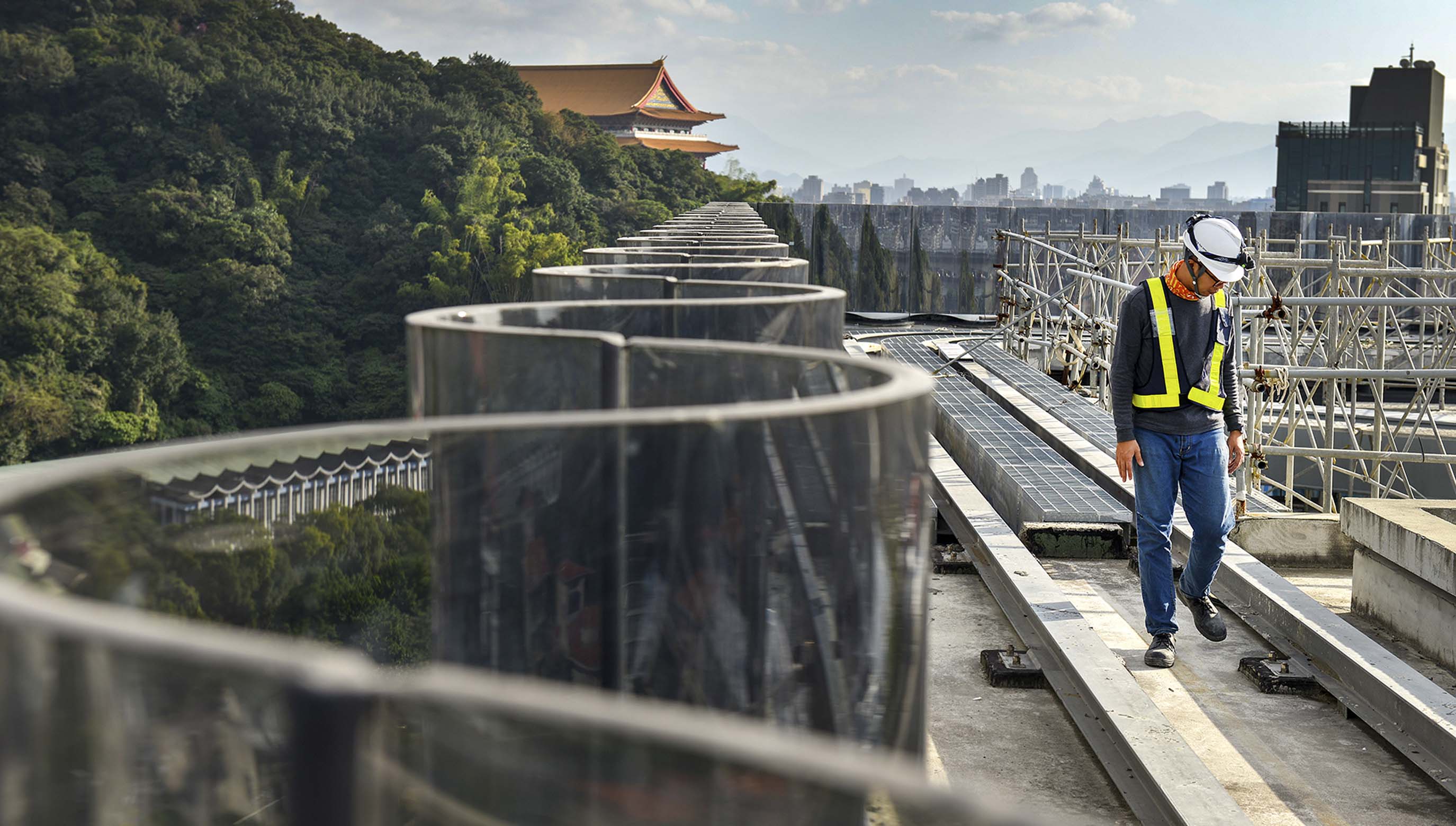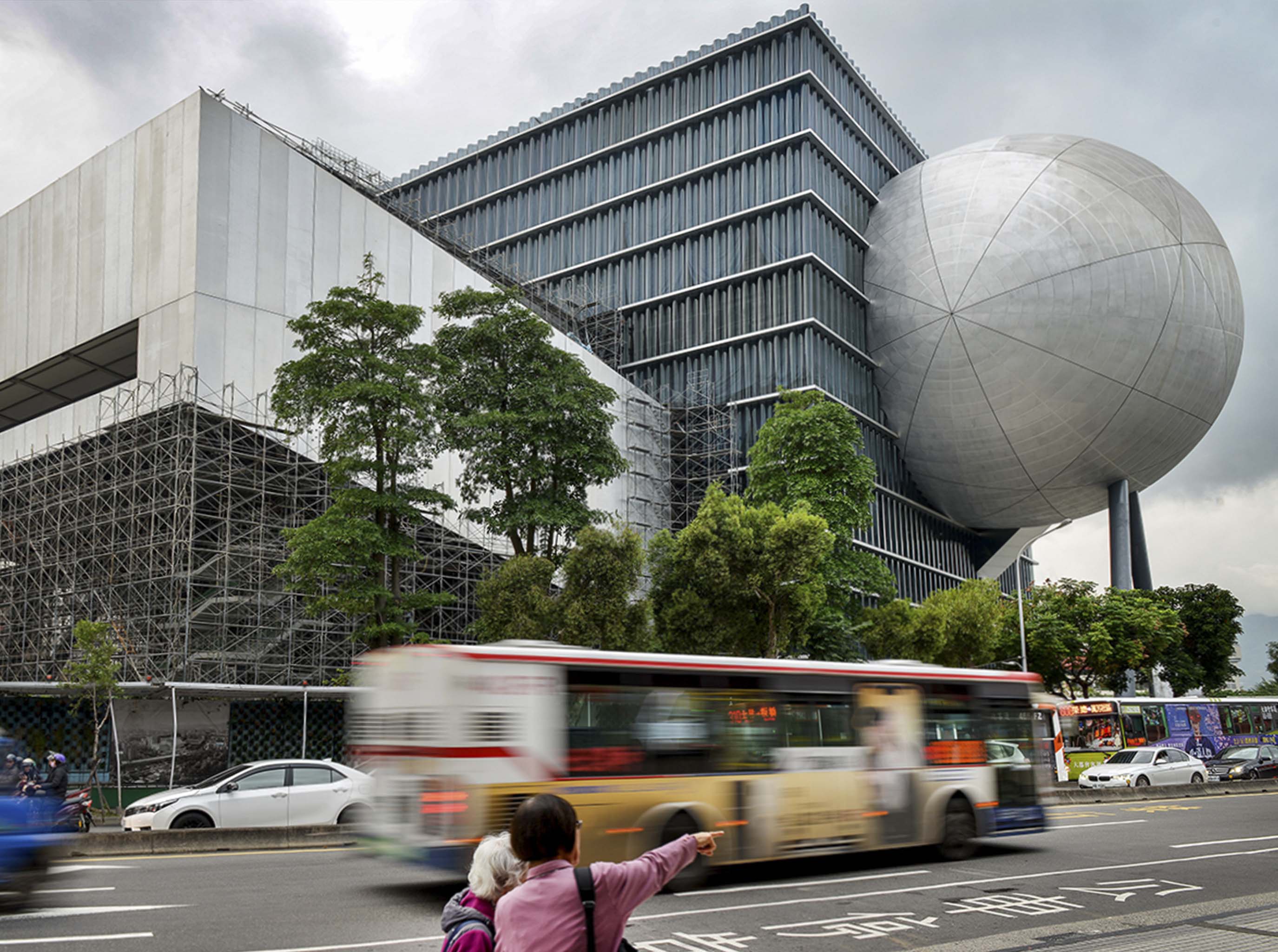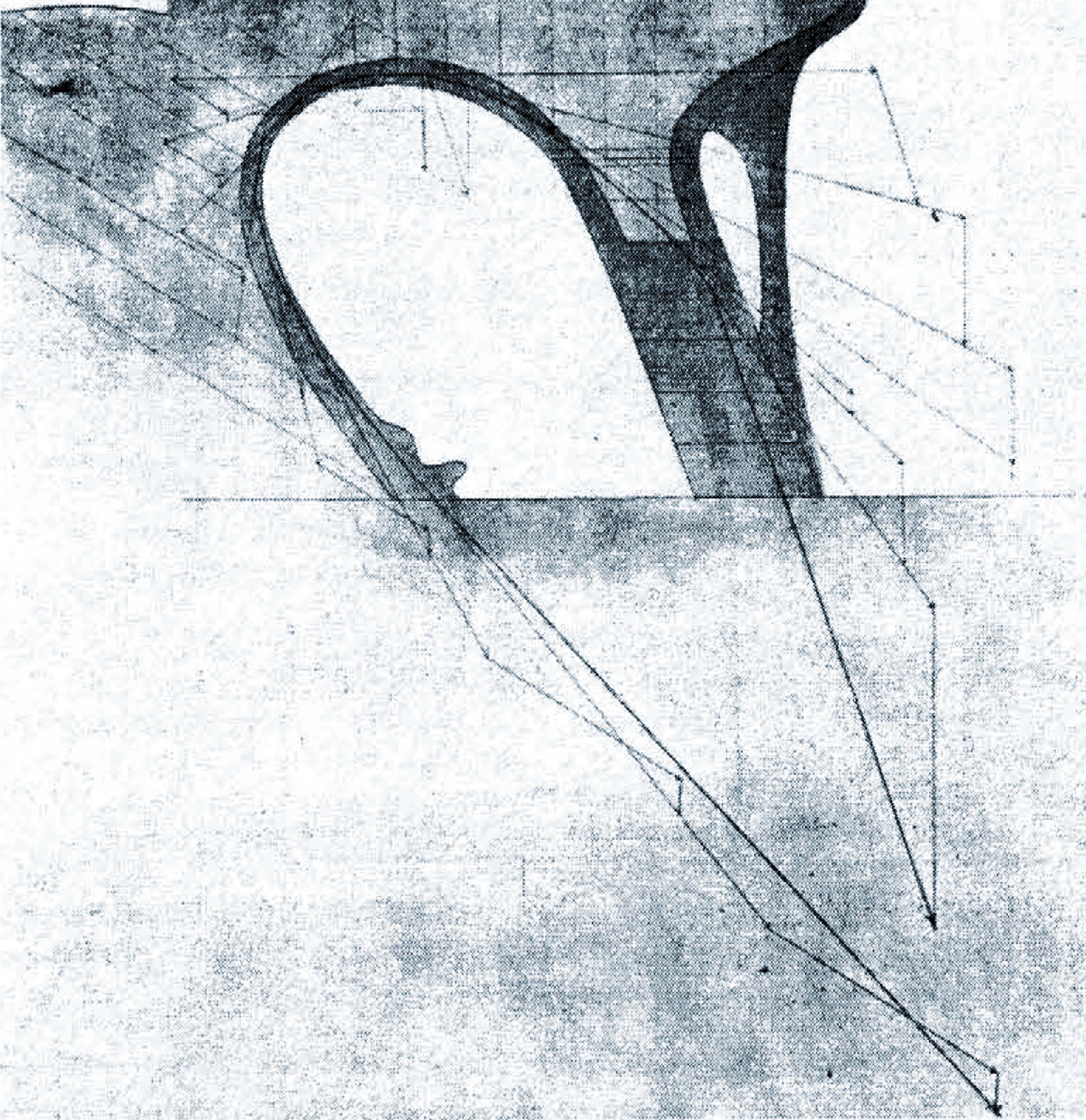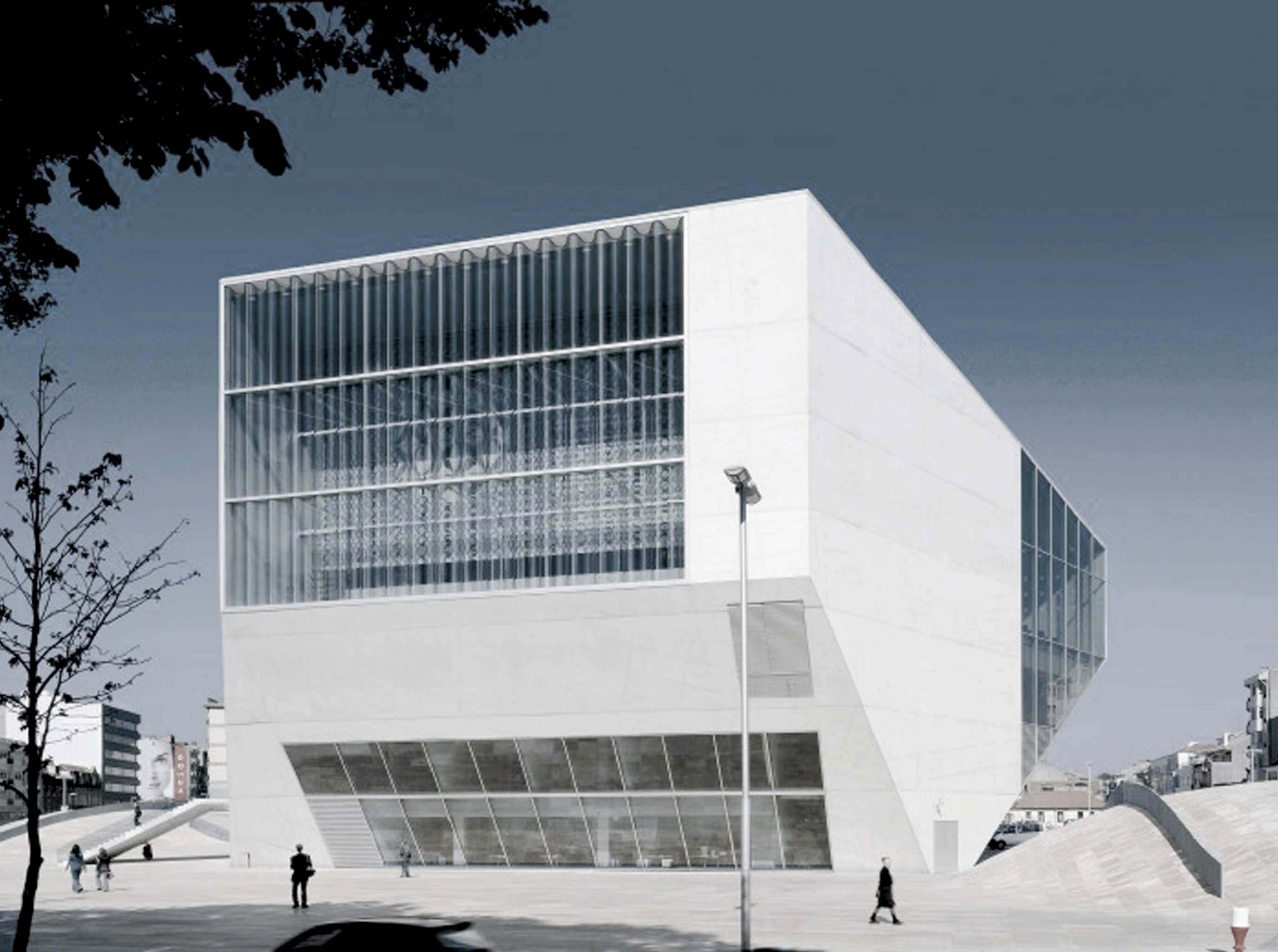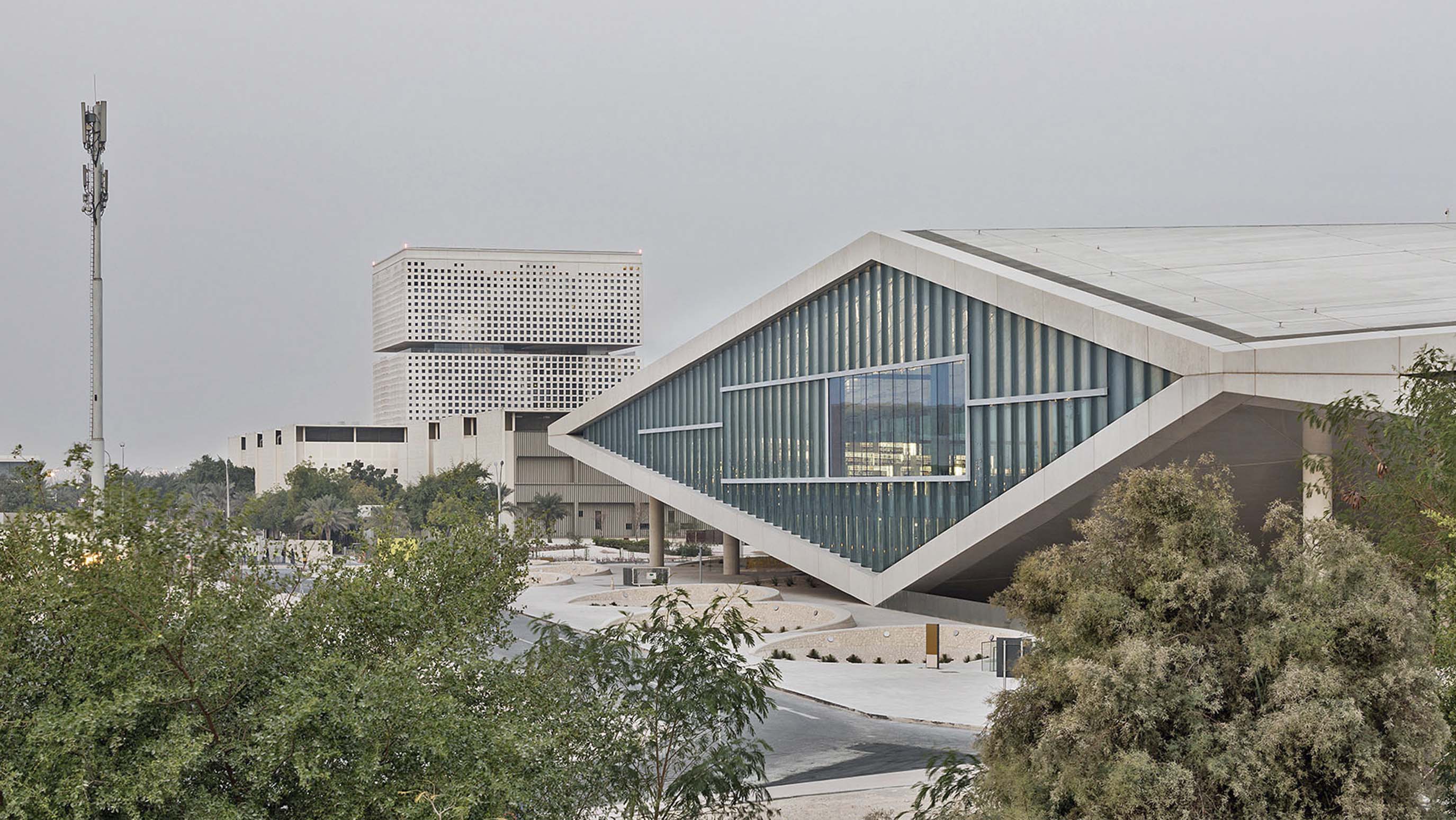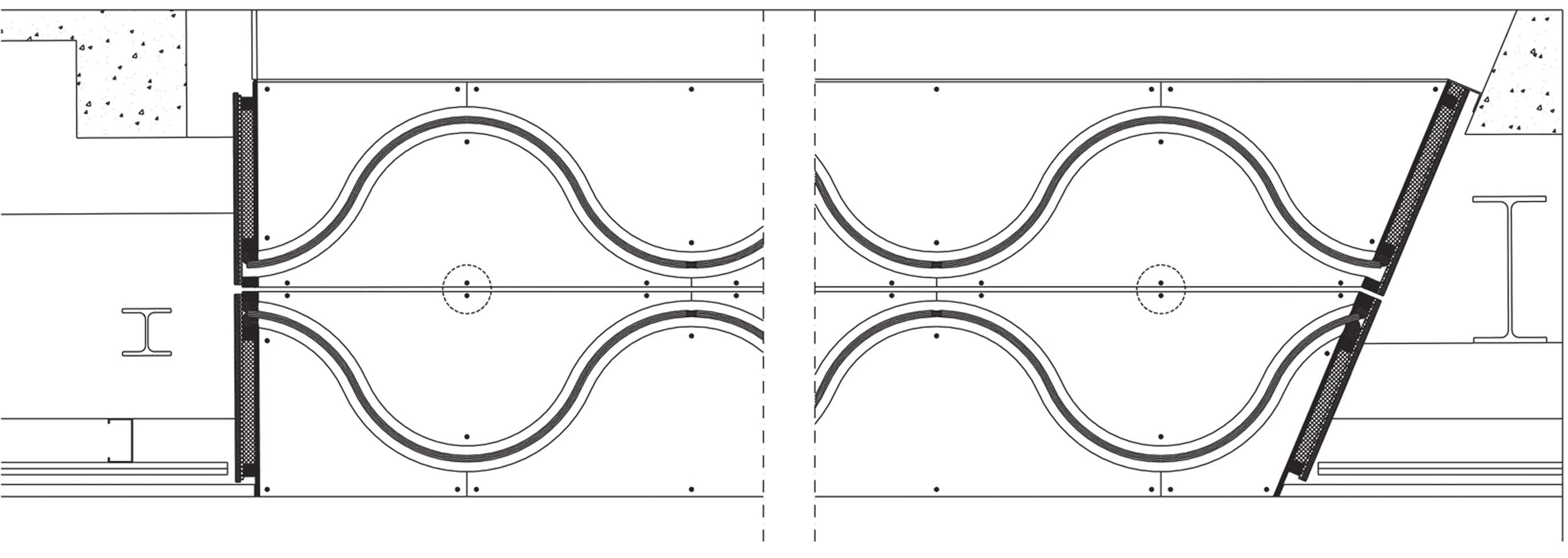Curved Façade in Taipei Exhibits Structural Potential of Annealed Glass / OMA’s Taipei Performing Arts Center featuring “S” shape curved glass system
|
|
|
As the ongoing construction of Taipei Performing Arts Center (TPAC) nears completion in Taiwan, we take a look at our collaborations with Dutch architecture studio OMA featuring a structurally robust “S” shape curved glass system. These projects feature laminated annealed “S” shape curved glass with tight, or small, curvature radii - a particular glazing system developed with Pritzker Prize laureate Rem Koolhaas and the team at OMA which takes advantage of the geometric stiffness of curved glass to resist environmental structural loads.
Taipei Performing Arts Center, scheduled for completion later this year TPAC designers faced a common challenge to glass design ambition; the structural response to building loads. Where the characteristic strength of annealed glass approaches its limit under specific project conditions, specifiers will turn to heat strengthened alternatives such as tempered/toughened glass, which has a higher material stiffness, and rule out the option of annealed glass. In a system developed with OMA for the Casa da Música in Porto, Qatar National Library in Doha and TPAC, curvature profiles of tight radii in close proximity of one another provide such robustness, and offer an engineered solution to the use of annealed glass. Structurally, the same theory applies to the famous catenary arches of Catalan architect Antoni Gaudí (1852 - 1926). Source: Structural Design in the Work of Gaudí Qatar National Library, 2017 This principle extends to the support conditions, where the perimeter framing supporting each glass unit has been reduced from all four sides, to just two-side supported - along the top and bottom edges of the panel. Aesthetically, this means that vertical support members, or mullions as they are commonly referred to, do not interrupt the viewing experience of the onlooker. The lack of vertical lines fosters visual continuity between the inside and outside environment of the building – an invitation to experience the building and surrounding urban space with the engineered transparency that only glass can offer.
Casa da Música, 2004
Taipei Performing Arts Center, 2019 |
|
Eliminating framing reduces heat transfer, which in turn reduces the energy required to maintain the building’s thermal comfort systems.
Qatar National Library, 2017
Qatar National Library, 2017
Casa da Música, 2004
|
